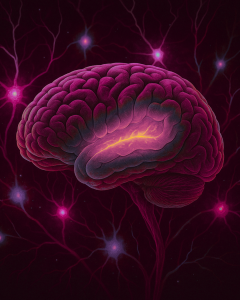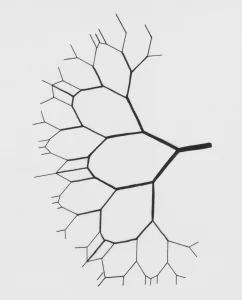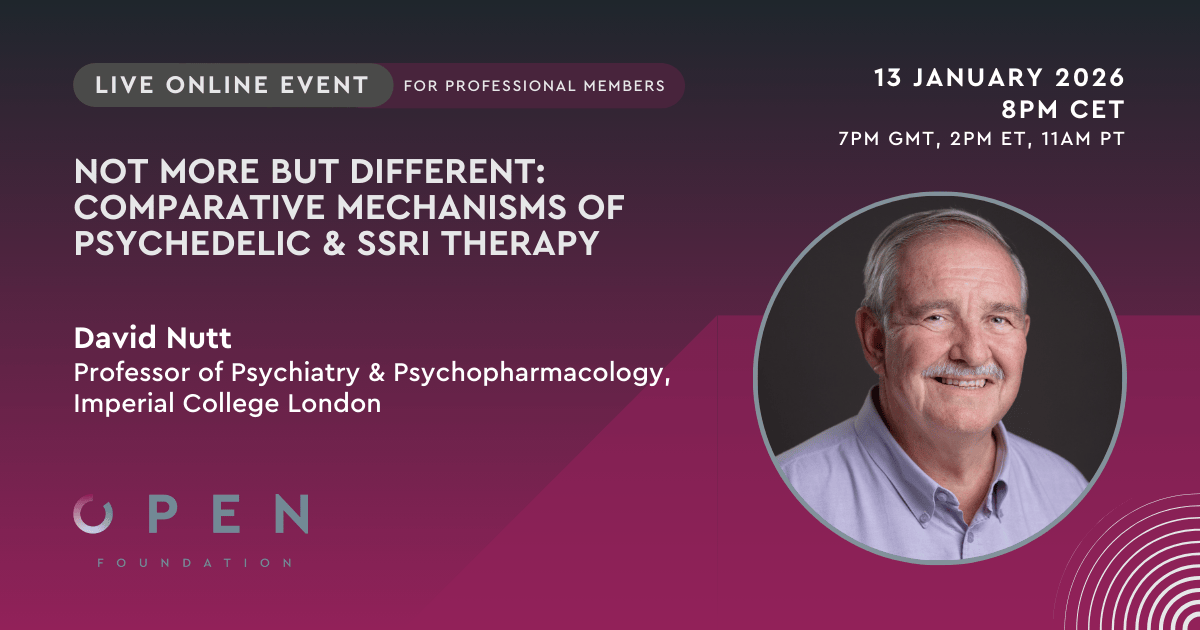Abstract
The 5-HT2A receptor mediates the effects of serotonergic hallucinogens and may play a role in the pathophysiology of certain psychiatric disorders, including schizophrenia. Given these findings, there is a need for animal models to assess the behavioral effects of 5-HT2A receptor activation. Our previous studies demonstrated that the phenylalkylamine hallucinogen and 5-HT2A/2C agonist 2,5-dimethoxy-4-iodoamphetamine (DOI) produces dose-dependent effects on locomotor activity in C57BL/6J mice, increasing activity at low to moderate doses and reducing activity at high doses. DOI did not increase locomotor activity in 5-HT2A knockout mice, indicating the effect is a consequence of 5-HT2A receptor activation. Here, we tested a series of phenylalkylamine hallucinogens in C57BL/6J mice using the Behavioral Pattern Monitor (BPM) to determine whether these compounds increase locomotor activity by activating the 5-HT2A receptor. Low doses of mescaline, 2,5-dimethoxy-4-ethylamphetamine (DOET), 2,5-dimethoxy-4-propylamphetamine (DOPR), 2,4,5-trimethoxyamphetamine (TMA-2), and the conformationally restricted phenethylamine (4-bromo-3,6-dimethoxybenzocyclobuten-1-yl)methylamine (TCB-2) increased locomotor activity. By contrast, the non-hallucinogenic phenylalkylamine 2,5-dimethoxy-4-tert-butylamphetamine (DOTB) did not alter locomotor activity at any dose tested (0.1–10 mg/kg i.p.). The selective 5-HT2A antagonist M100907 blocked the locomotor hyperactivity induced by mescaline and TCB-2. Similarly, mescaline and TCB-2 did not increase locomotor activity in 5-HT2A knockout mice. These results confirm that phenylalkylamine hallucinogens increase locomotor activity in mice and demonstrate that this effect is mediated by 5-HT2A receptor activation. Thus, locomotor hyperactivity in mice can be used to assess phenylalkylamines for 5-HT2A agonist activity and hallucinogen-like behavioral effects. These studies provide additional support for the link between 5-HT2A activation and hallucinogenesis.
Halberstadt, A. L., Powell, S. B., & Geyer, M. A. (2013). Role of the 5-HT 2A receptor in the locomotor hyperactivity produced by phenylalkylamine hallucinogens in mice. Neuropharmacology, 70, 218-227. 10.1016/j.neuropharm.2013.01.014
Link to full text









